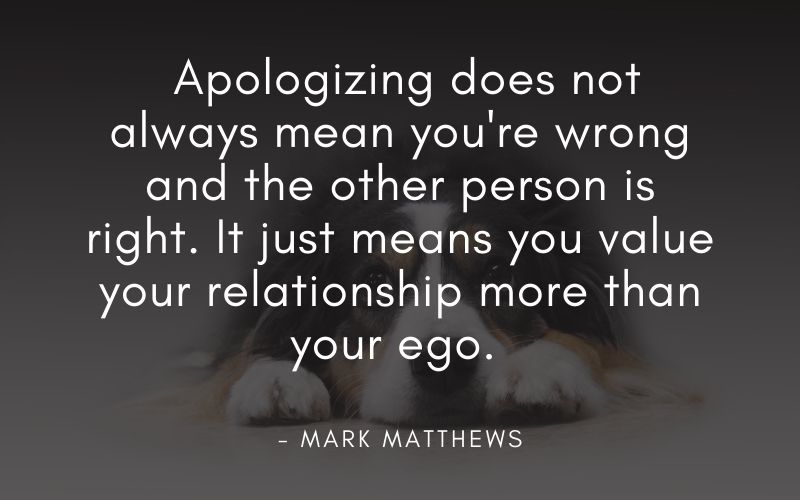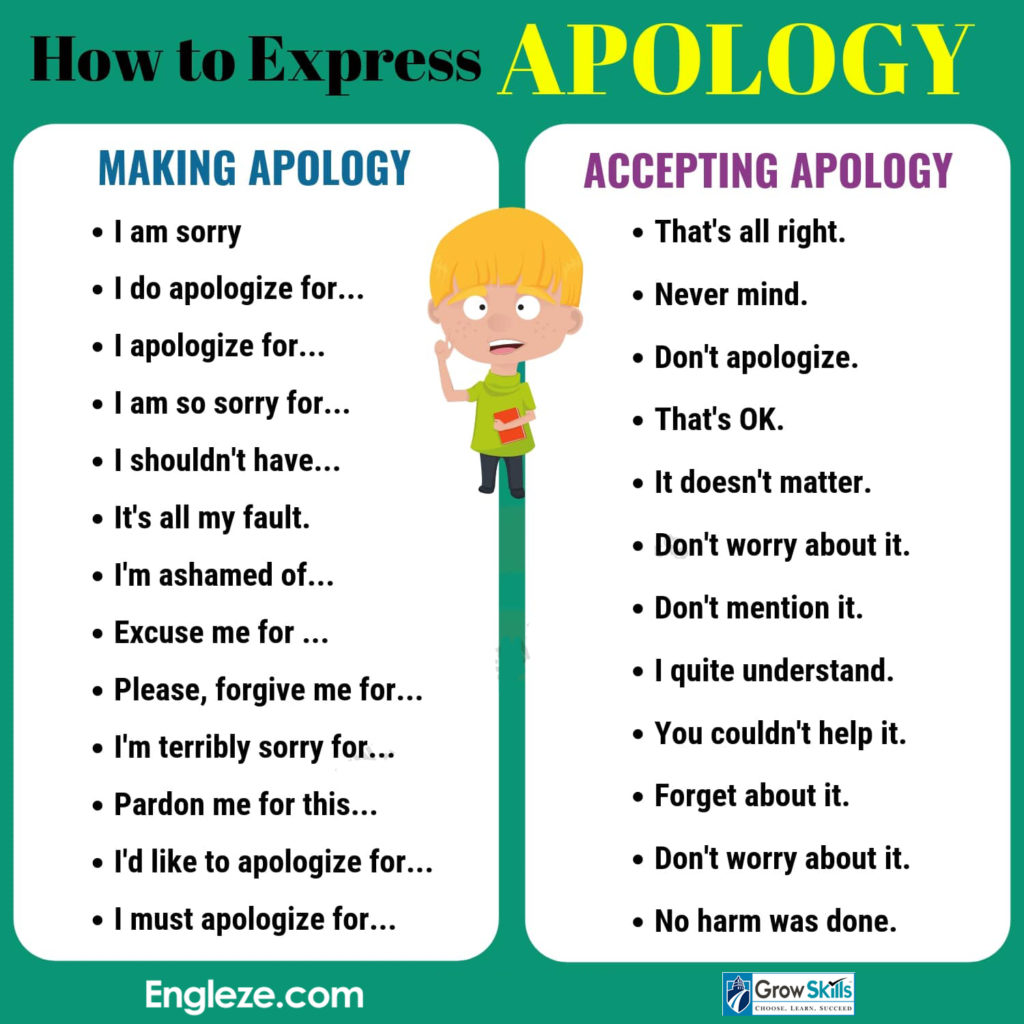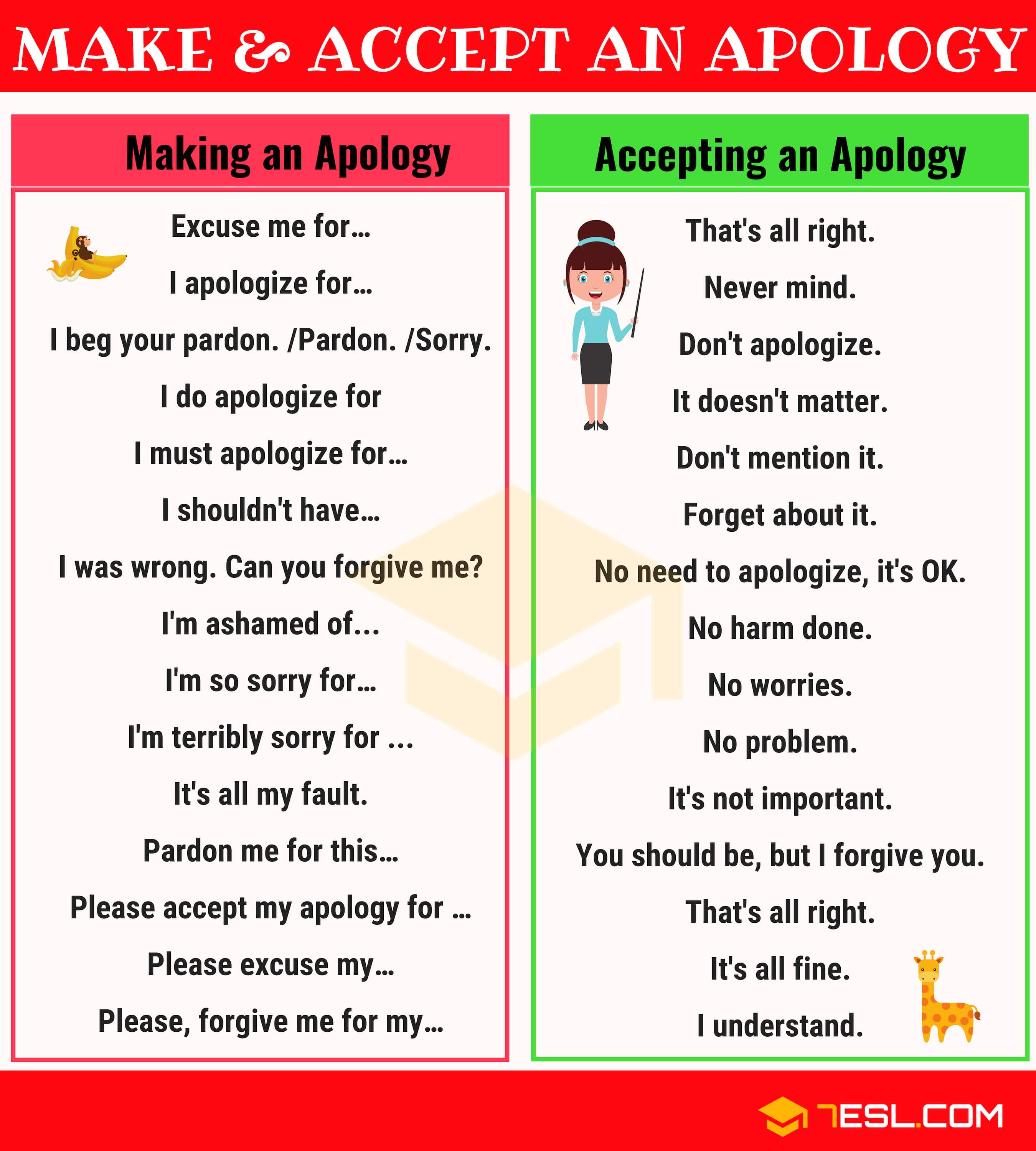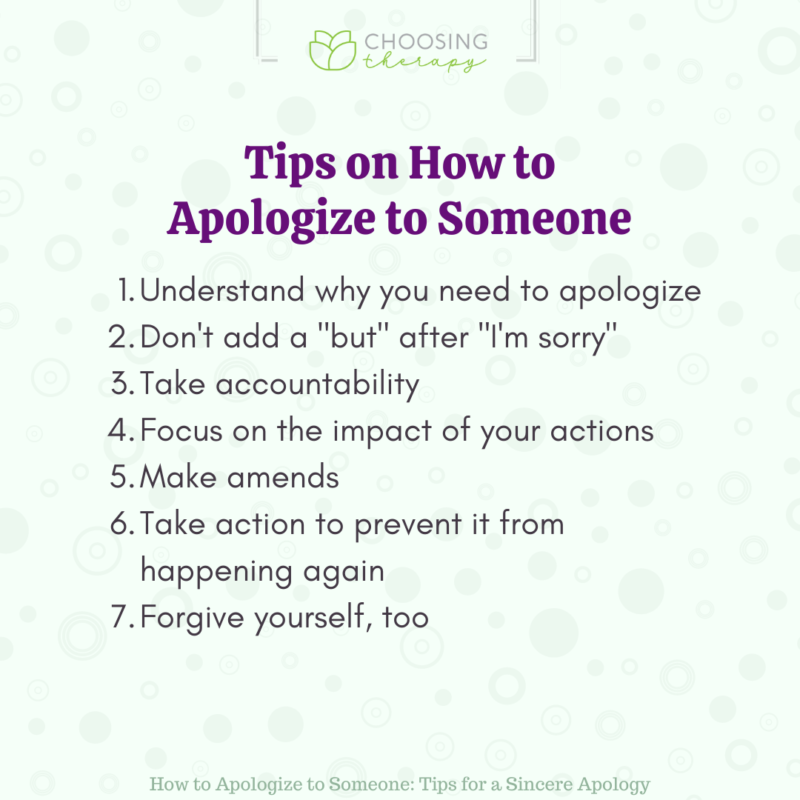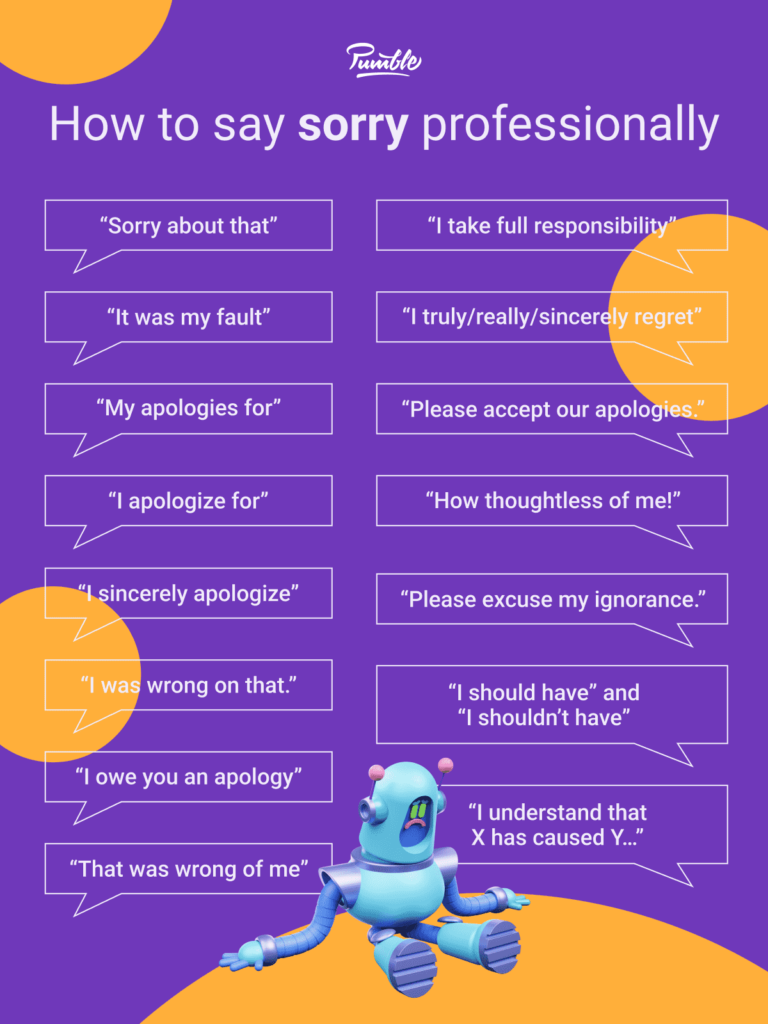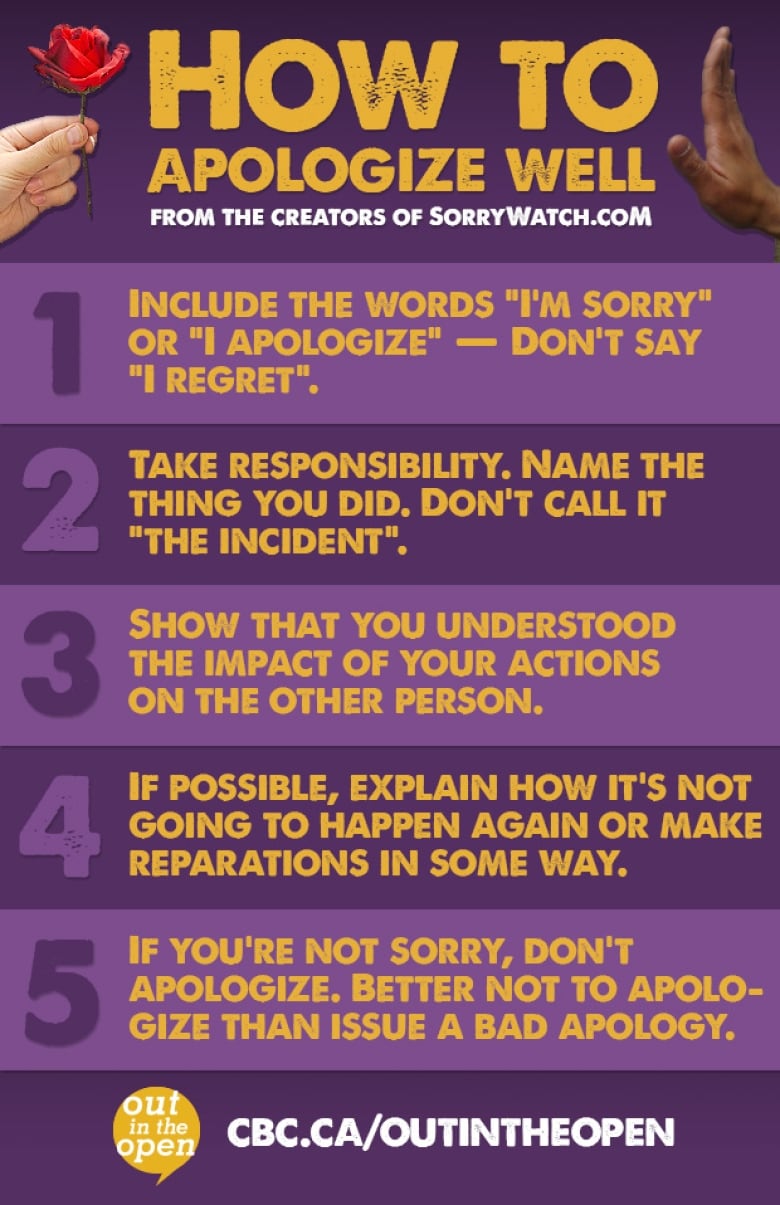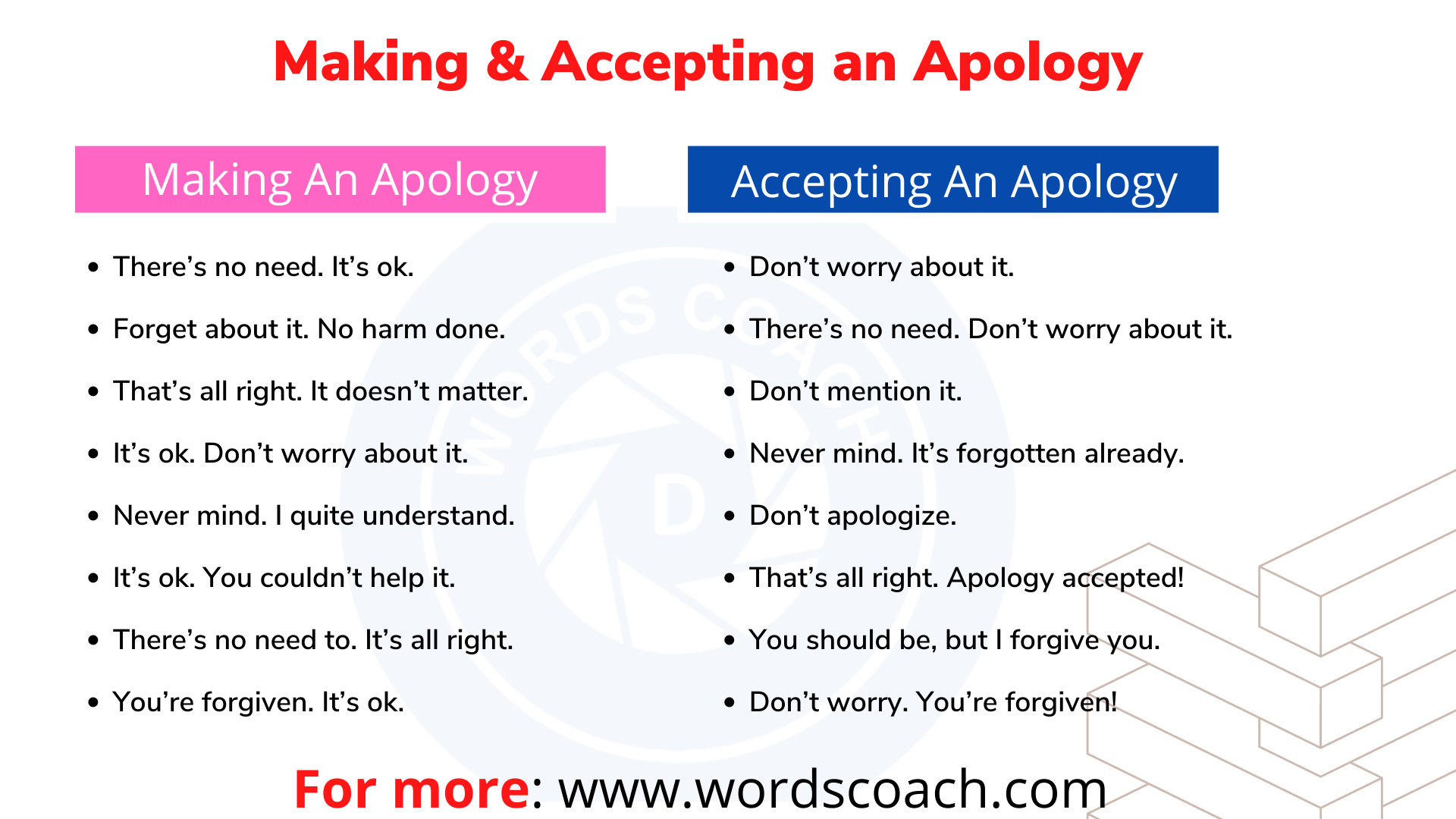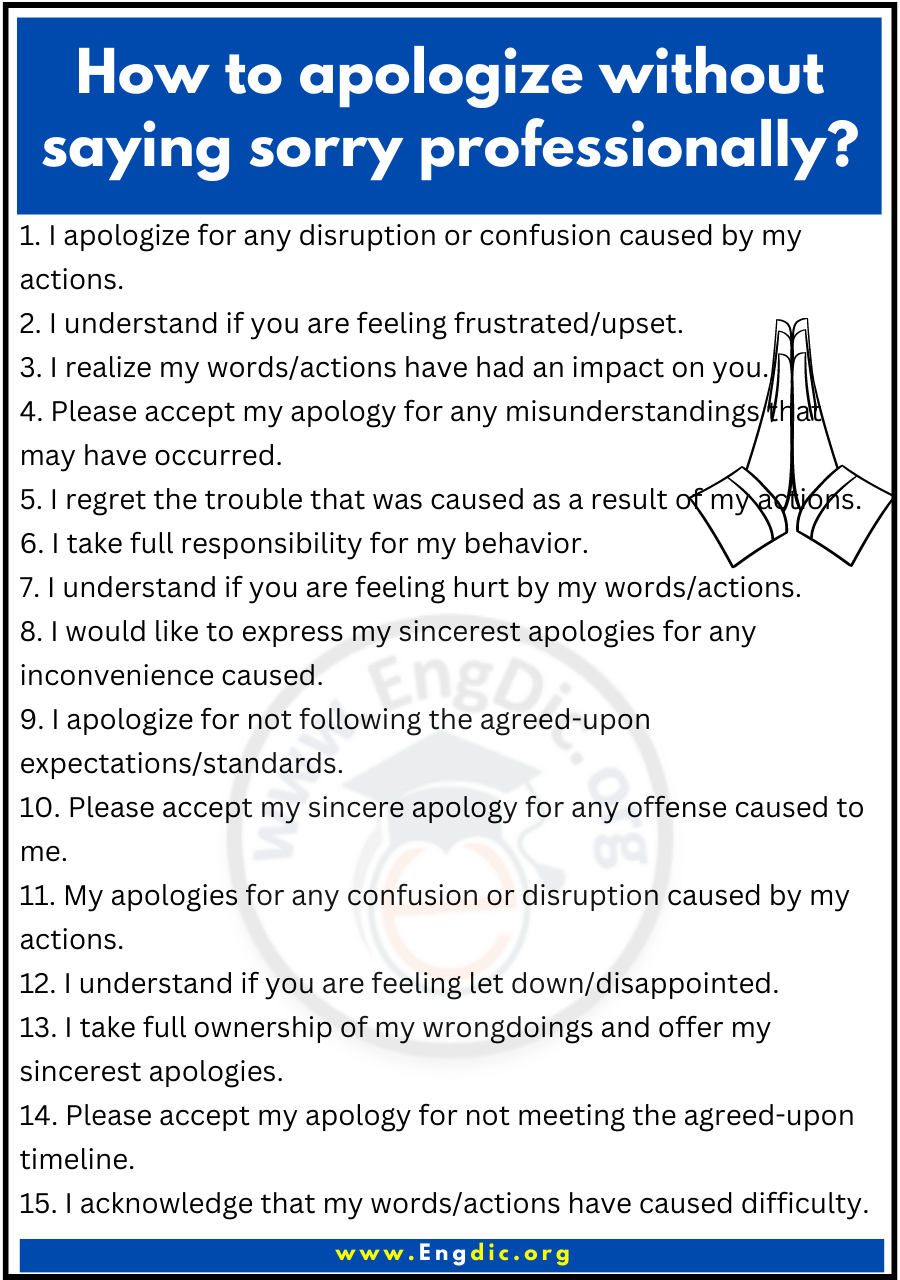How To Apologize When You Are Not Wrong

Navigating tense situations requires finesse, especially when differing perspectives clash. Learn how to defuse conflict and maintain relationships even when you believe you're in the right.
This article provides a framework for offering apologies that acknowledge the other person's feelings without admitting fault, focusing on validating their experience to foster understanding and resolution.
Understanding the Nuances
It's crucial to differentiate between accepting responsibility and acknowledging someone's emotional state. Saying "I'm sorry you feel that way" validates their feelings without conceding you were wrong, according to a study by Harvard Business Review on conflict resolution.
This approach requires active listening and empathy, allowing you to understand the other person's perspective even if you disagree with it.
The Formula for a Non-Apology Apology
Start by acknowledging their feelings. For example: "I understand you're frustrated," or "I can see why you're upset." These phrases validate their emotions.
Next, express regret for the situation. Use phrases like, "I'm sorry this happened," or "I regret that this situation has caused you distress." These show you're concerned about their experience.
Then, offer to help resolve the issue, even if it's simply listening. "How can I help make this better?" or "What can I do to support you?" demonstrates a willingness to find a solution, the American Psychological Association stated in a paper on emotional regulation.
Practical Examples
Scenario 1: Misunderstanding at Work. Your colleague misinterpreted your email, causing delays on a project. Instead of saying "I apologize for the misunderstanding," try "I understand you're frustrated with the delay, and I regret that the email wasn't clearer. Let's work together to get the project back on track."
Scenario 2: Disagreement with a Friend. You have conflicting opinions on a political matter, leading to tension. Avoid a direct apology and say: "I see that you feel strongly about this, and I respect your opinion. I'm sorry this conversation has become so heated. Can we agree to disagree?" This acknowledges their feelings without compromising your beliefs, a study by the Stanford Center for Conflict and Negotiation suggests.
Words to Avoid
Avoid phrases like "but" or "however" after your acknowledgement. For example, "I'm sorry you feel that way, but..." negates everything before the "but," making the apology insincere.
Also, refrain from using condescending language or sarcasm, according to Psychology Today articles on communication. Your tone is crucial; be genuine and respectful.
The Importance of Body Language
Nonverbal cues are just as important as your words. Maintain eye contact, use a calm tone, and adopt an open posture to convey sincerity. A study at UCLA showed that nonverbal communication accounts for over 50% of the impact of a message.
Crossing your arms, avoiding eye contact, or speaking in a dismissive tone can undermine your efforts, regardless of your words.
Long-Term Benefits
Using non-apology apologies can preserve relationships, de-escalate conflict, and foster a more positive environment. According to Forbes, this approach builds trust and respect by acknowledging the other person's perspective.
It promotes understanding and cooperation, even when disagreements persist.
Moving Forward
Practice these techniques in low-stakes situations to become more comfortable with them. Consider seeking feedback from trusted friends or colleagues to refine your approach.
Mastering the art of the non-apology apology requires patience and self-awareness, but it can be a powerful tool for navigating difficult conversations and maintaining healthy relationships.

